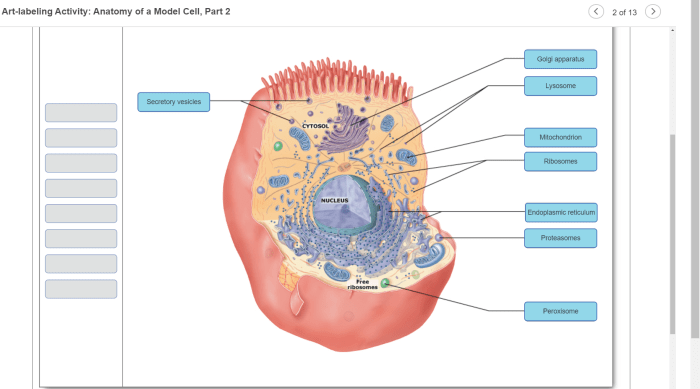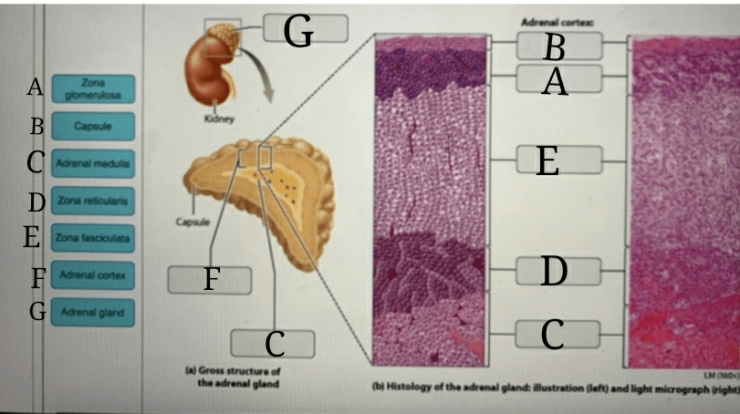Art labeling activity veins of the forearm – Embark on an artistic journey of anatomical exploration with the Art Labeling Activity: Veins of the Forearm. This captivating activity combines the power of visual art and scientific precision to illuminate the intricacies of the forearm’s venous network.
Through a series of engaging exercises, learners will delve into the location, course, and significance of the forearm’s veins. Immerse yourself in the realm of anatomical understanding, where art and science harmoniously converge.
Veins of the Forearm: Anatomical Overview: Art Labeling Activity Veins Of The Forearm
The forearm is a complex region of the upper limb, traversed by numerous veins that facilitate the drainage of blood from the hand and distal forearm. Understanding the anatomy of these veins is crucial for various medical procedures and interventions.
The veins of the forearm can be broadly classified into two groups: superficial veins and deep veins. The superficial veins are located just beneath the skin and are easily visible through the skin. The deep veins are located deeper within the forearm and are surrounded by muscles and other tissues.
The superficial veins of the forearm include the cephalic vein, the basilic vein, and the median cubital vein. The cephalic vein runs along the radial side of the forearm, while the basilic vein runs along the ulnar side. The median cubital vein connects the cephalic and basilic veins at the elbow.
The deep veins of the forearm include the radial vein, the ulnar vein, and the interosseous veins. The radial vein runs along the radial side of the forearm, while the ulnar vein runs along the ulnar side. The interosseous veins are located between the radius and ulna bones.
Understanding the venous anatomy of the forearm is essential for various medical procedures, such as venipuncture, intravenous injections, and blood sampling. Accurate knowledge of the location and course of the veins helps healthcare professionals to perform these procedures safely and effectively.
Art Labeling Activity: Veins of the Forearm

Art labeling activities can be an effective tool for teaching the anatomy of the forearm veins. These activities can help learners to visualize the veins and understand their location and course.
To design an art labeling activity for the veins of the forearm, follow these steps:
- Choose a clear image of the forearm that shows the veins.
- Label the veins on the image with their names.
- Provide learners with the labeled image and ask them to identify the veins.
- Have learners create their own labeled drawings of the forearm veins.
Art labeling activities can be used in a variety of educational settings, including classrooms, laboratories, and online learning environments. These activities can be adapted to different audiences, such as students, healthcare professionals, and patients.
Methods and Procedures for Labeling Veins

There are several different methods and procedures that can be used to label the veins of the forearm. These methods include:
- Color-coding:Veins can be color-coded to make them easier to identify. For example, superficial veins can be colored blue, while deep veins can be colored red.
- Annotation:Veins can be annotated with their names or other information. This can help learners to remember the names of the veins and their location.
- 3D modeling:3D models of the forearm veins can be created using computer software. These models can be used to visualize the veins from different angles and to create interactive learning experiences.
When labeling the veins of the forearm, it is important to be accurate and precise. This will help learners to correctly identify the veins and understand their anatomy.
Examples of Art Labeling Activities

There are many different examples of art labeling activities that can be used to teach the veins of the forearm. These activities include:
- Interactive online labeling activities:These activities allow learners to interact with an image of the forearm and label the veins. Learners can click on the veins to learn their names and location.
- Printable labeling worksheets:These worksheets provide learners with an image of the forearm and a list of vein names. Learners can fill in the names of the veins on the worksheet.
- 3D printing models:3D printing models of the forearm veins can be used for hands-on learning. Learners can examine the models from different angles and identify the veins.
These are just a few examples of art labeling activities that can be used to teach the veins of the forearm. These activities can be adapted to different audiences and learning environments.
Benefits of Art Labeling Activities

Art labeling activities offer several benefits for learners. These benefits include:
- Enhanced understanding:Art labeling activities can help learners to visualize the veins of the forearm and understand their location and course.
- Improved retention:Labeling activities can help learners to retain information about the veins of the forearm. This is because the act of labeling helps to create memories.
- Increased engagement:Art labeling activities can be engaging and fun for learners. This can help to motivate learners and make the learning process more enjoyable.
- Promotion of anatomical literacy:Art labeling activities can help to promote anatomical literacy. This is because these activities help learners to understand the structure of the human body.
Overall, art labeling activities are a valuable tool for teaching the anatomy of the forearm veins. These activities can help learners to understand the veins, retain information about them, and become more engaged in the learning process.
Table of Veins of the Forearm
| Vein Name | Location | Function |
|---|---|---|
| Cephalic vein | Radial side of the forearm | Drains blood from the hand and distal forearm |
| Basilic vein | Ulnar side of the forearm | Drains blood from the hand and distal forearm |
| Median cubital vein | Connects the cephalic and basilic veins at the elbow | Drains blood from the hand and distal forearm |
| Radial vein | Radial side of the forearm | Drains blood from the hand and distal forearm |
| Ulnar vein | Ulnar side of the forearm | Drains blood from the hand and distal forearm |
| Interosseous veins | Between the radius and ulna bones | Drain blood from the hand and distal forearm |
Expert Answers
What is the purpose of the Art Labeling Activity: Veins of the Forearm?
This activity aims to enhance understanding and retention of the veins of the forearm through a creative and engaging art-based approach.
How can this activity be incorporated into different educational settings?
The activity is adaptable to various settings, including classrooms, laboratories, and even informal learning environments.
What is the importance of accuracy and precision in labeling the veins?
Precise labeling ensures accurate anatomical knowledge and facilitates effective communication among healthcare professionals.
